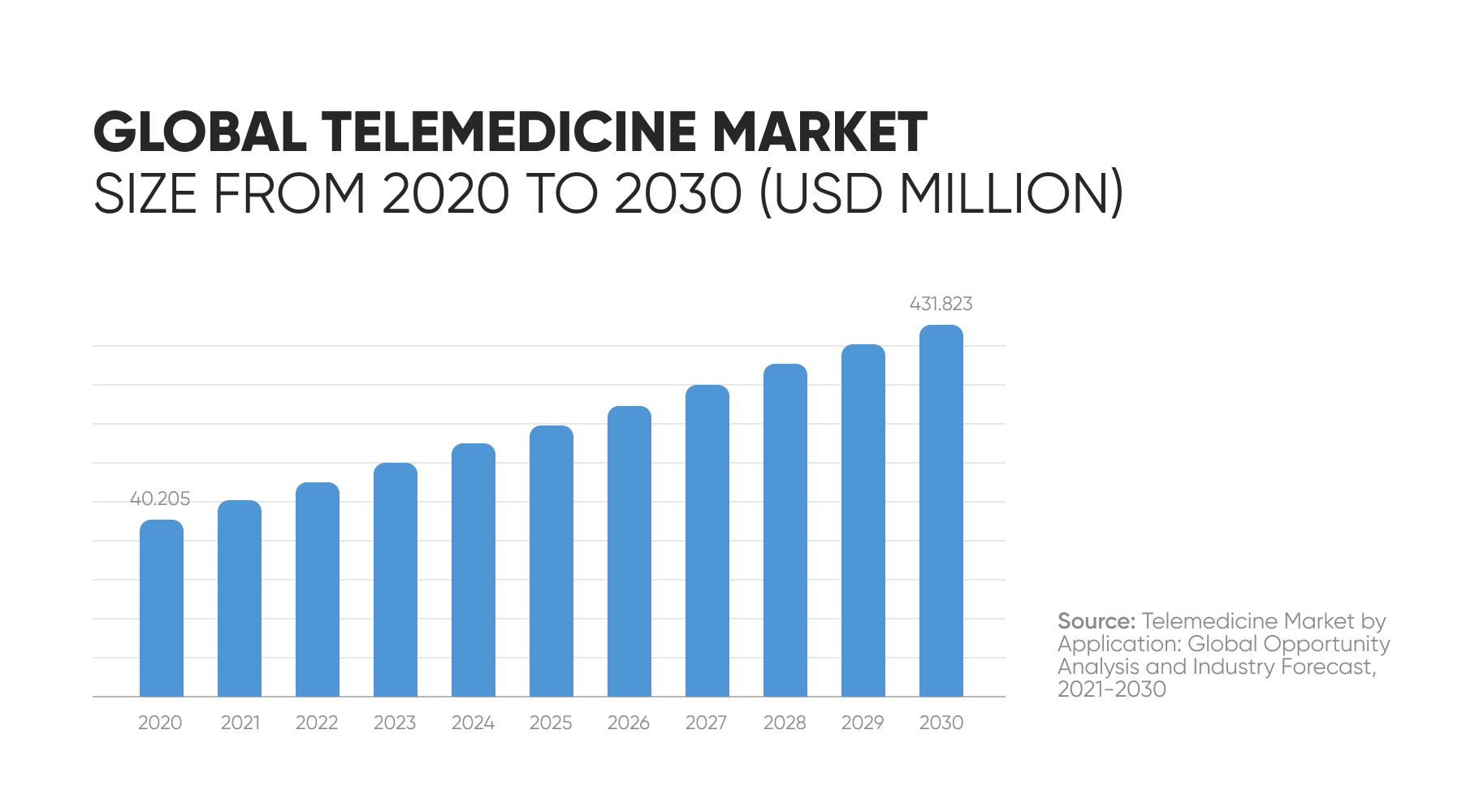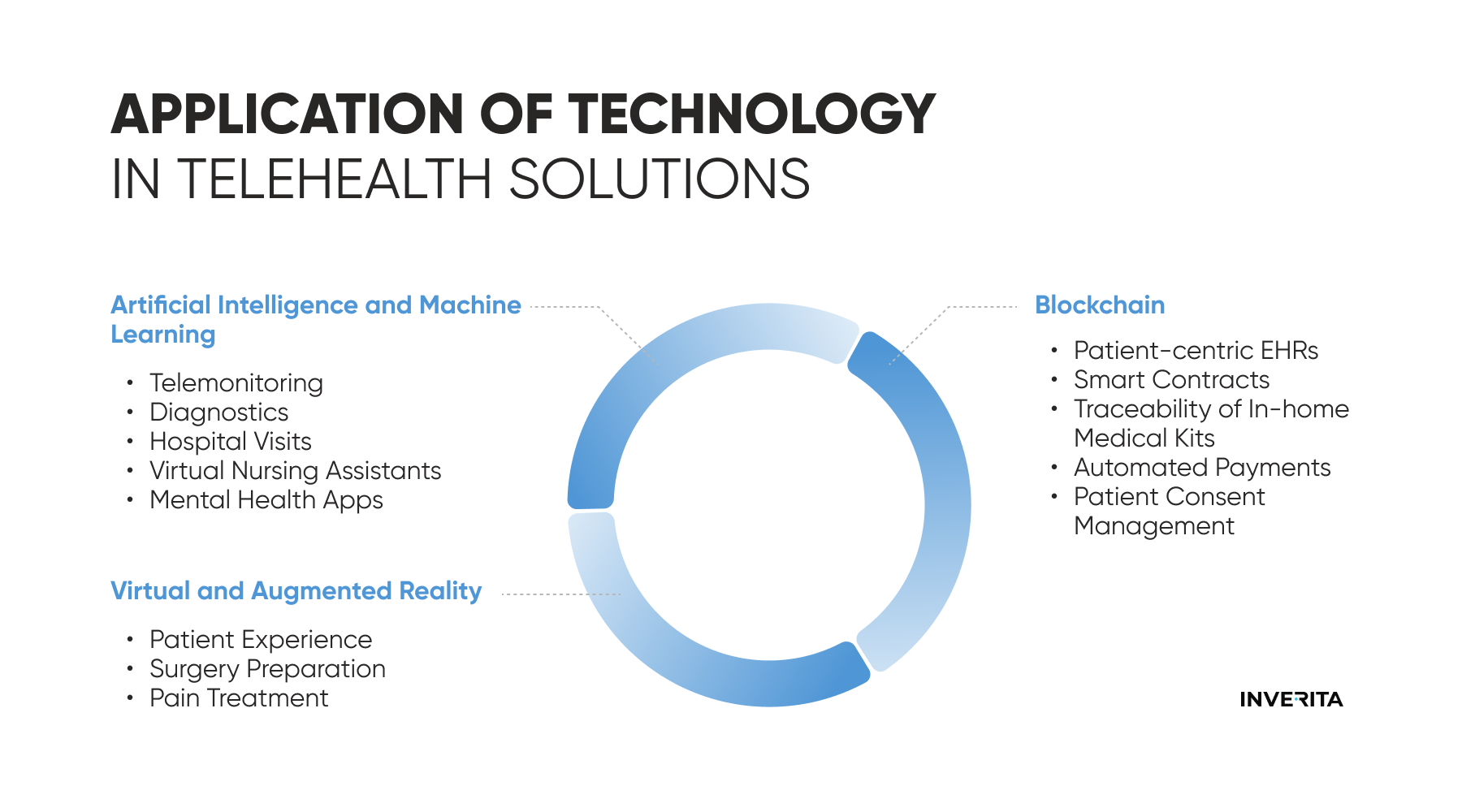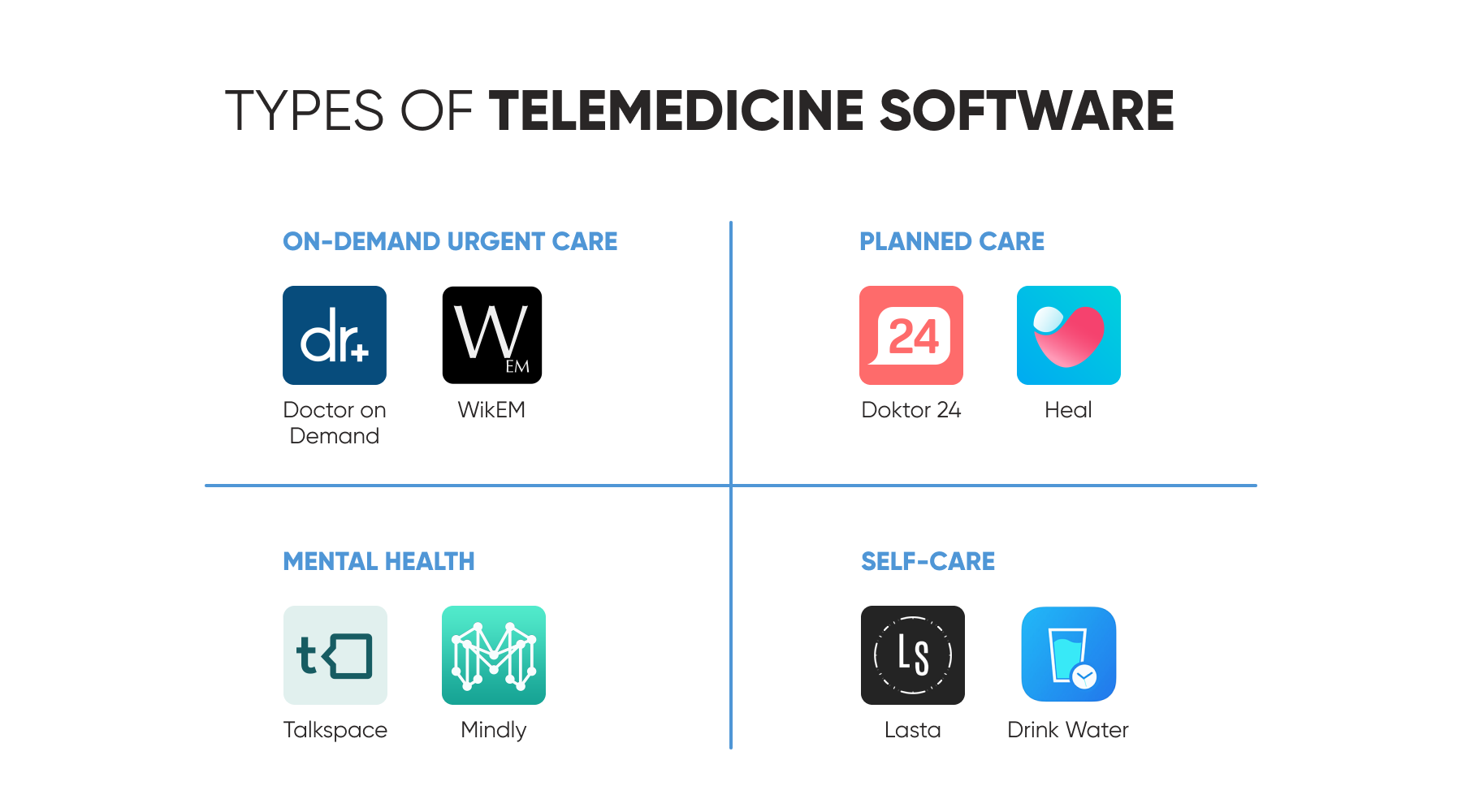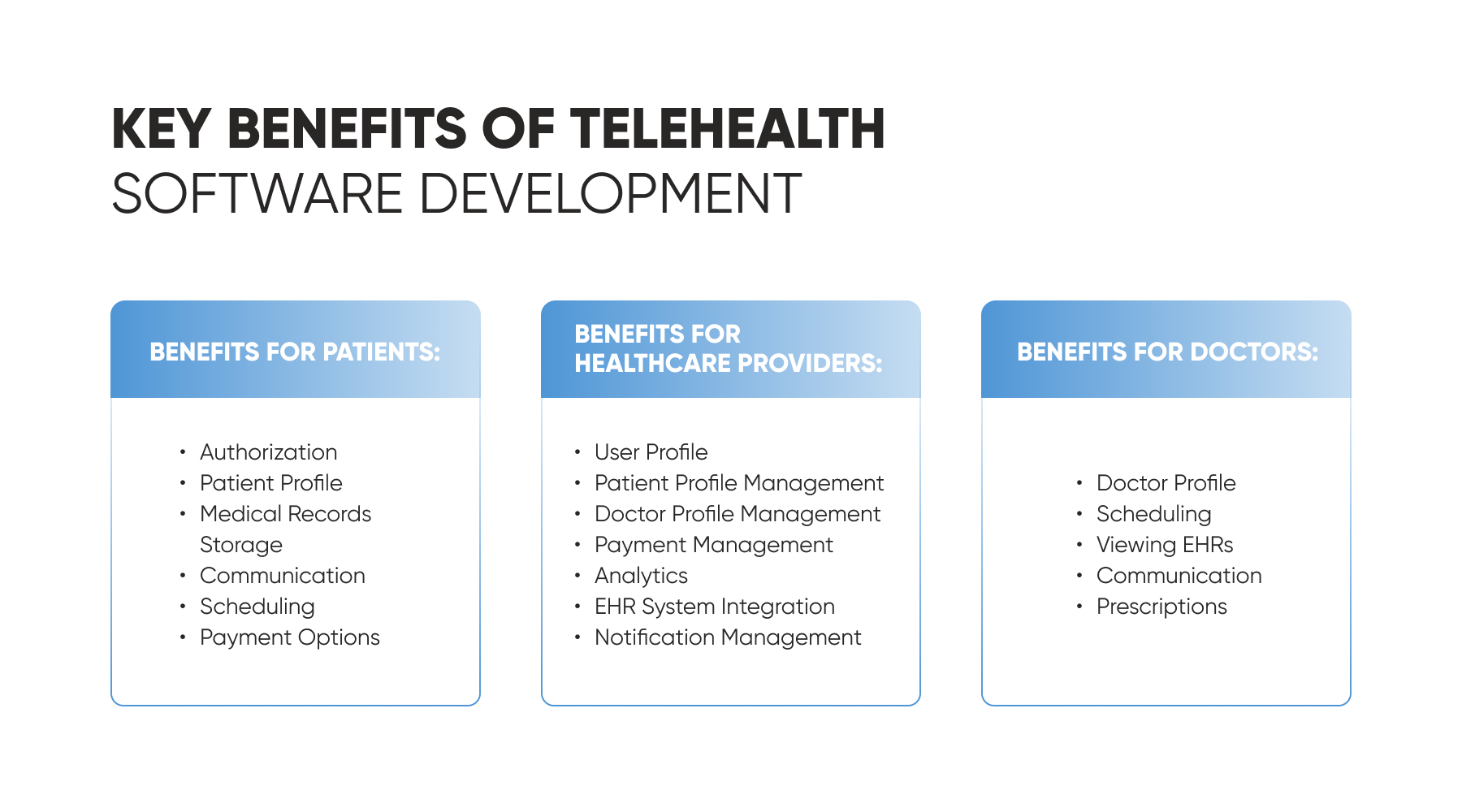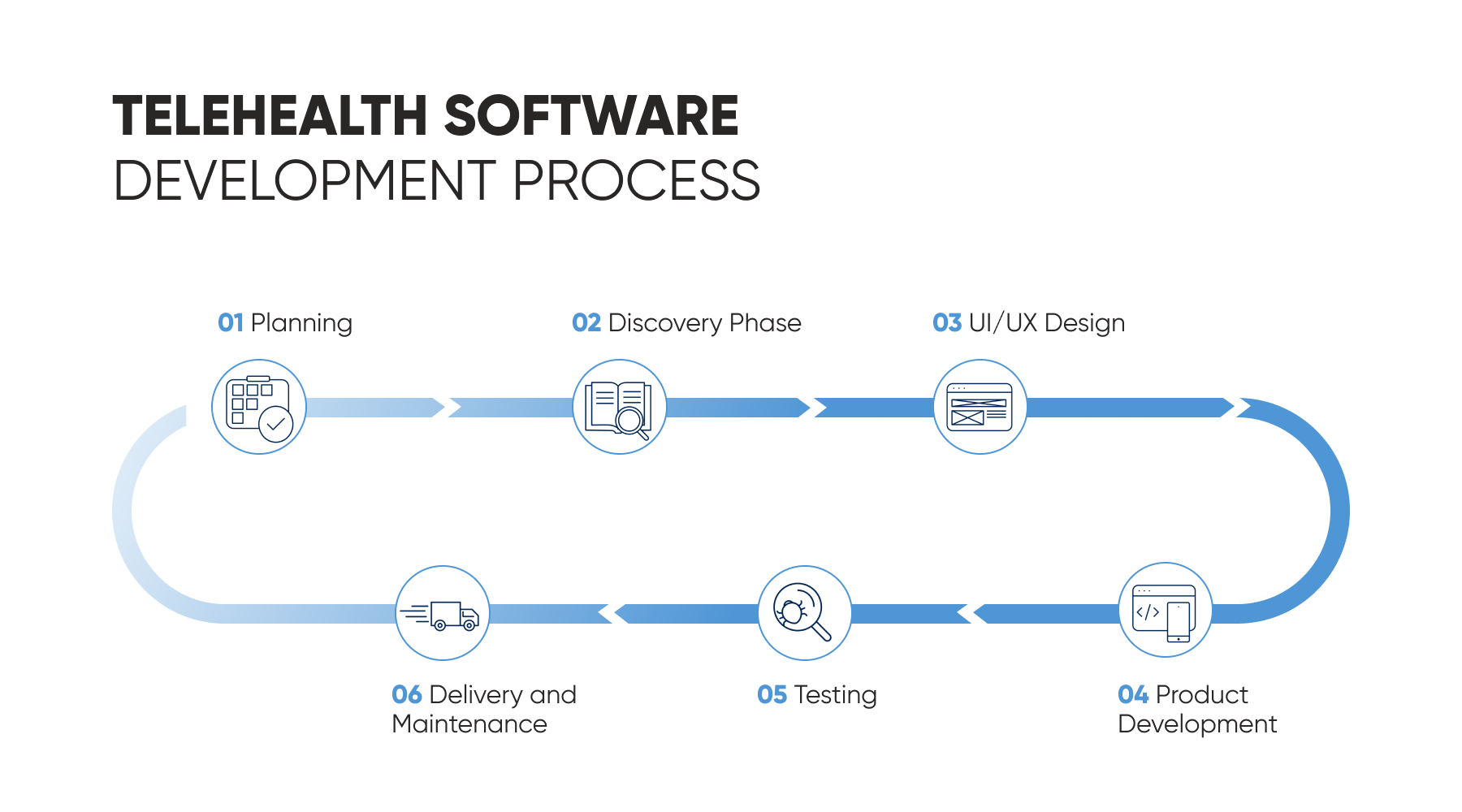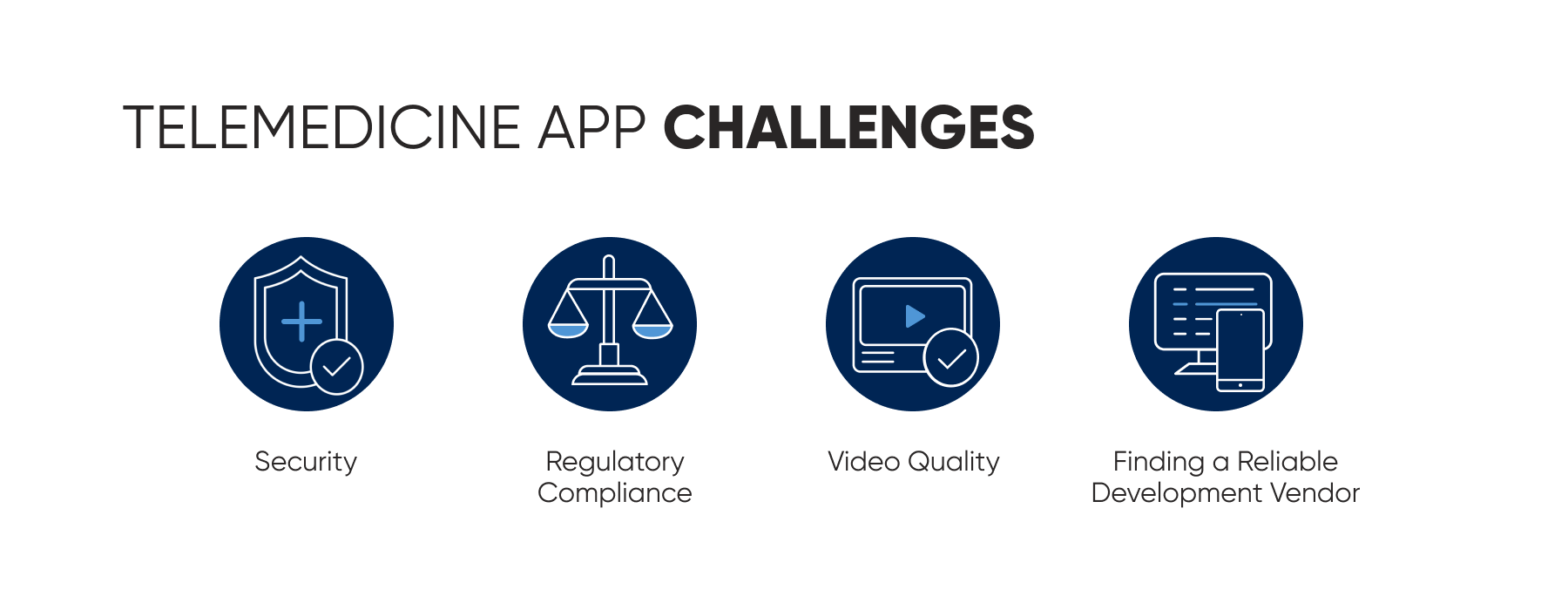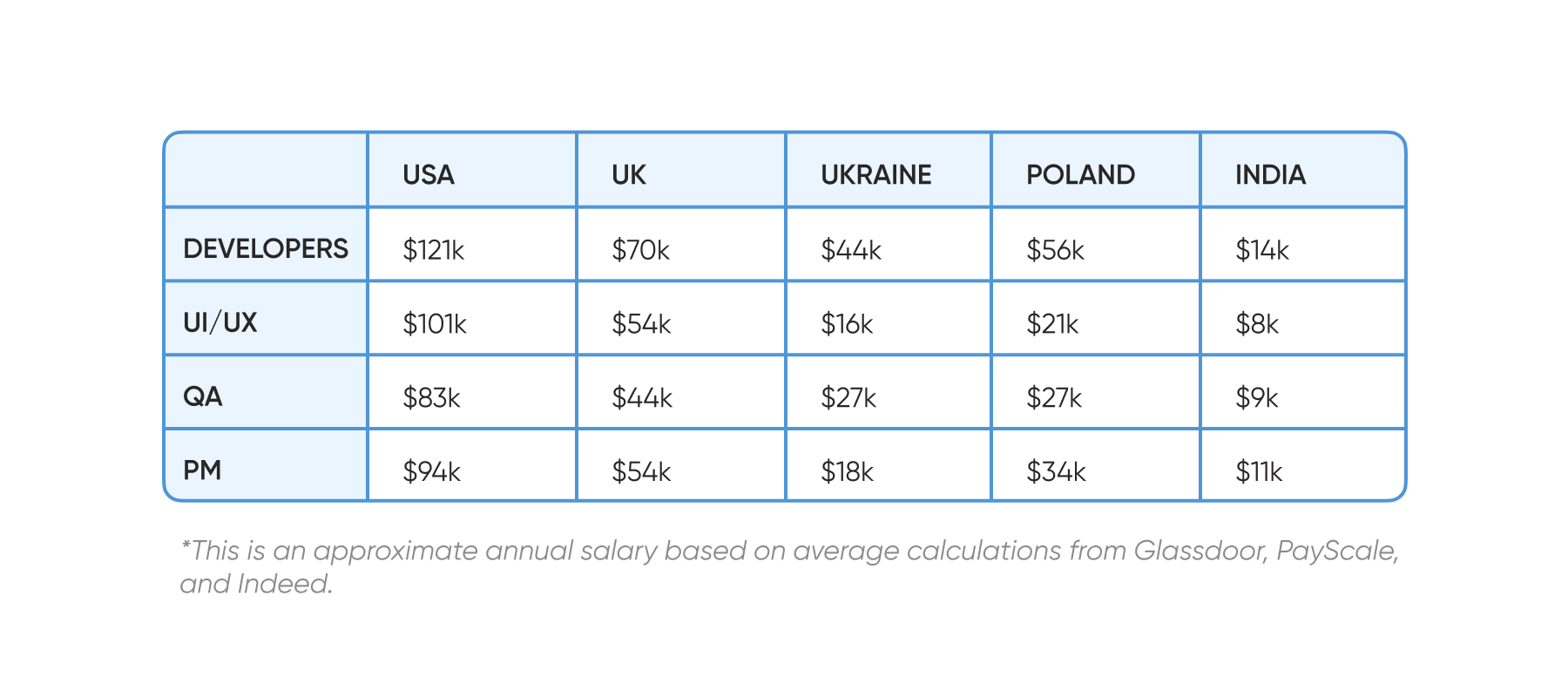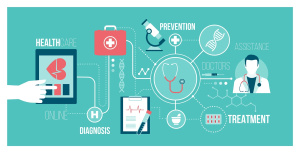Blockchain
The disappointing statistics of data breaches in the industry make security the most vulnerable aspect of going digital. Just in eight years, from 2009 to 2017, over 176 million patient records, including medical and banking information were exposed in data breaches.
If there is a digital risk, there is a technology to mitigate it. Here comes blockchain. Blockchain is actively used for enhancing security almost in every industry today and healthcare is no exception. Blockchain allows us to securely encrypt and transfer patient data, manage supply chain processes, and even prevent the outbreak of harmful diseases. Here are other popular blockchain applications in medical care:
Poorly-coordinated care as a result of medical errors is the third leading cause of death in the US. Healthcare systems in many countries are struggling with mistakes and omissions in existing hospital records that are frequently integrated into telemedicine apps for better convenience. Blockchain-based systems for EHR/EMR link to existing software can solve this problem. A unified and secure single system to store, update and immediately retrieve data helps to avoid errors and miscommunication, provides patients with more personalized care, and ensures faster and more accurate diagnosis.
Smart contracts are fully-digitized and automated environments that are now actively used by healthcare providers, insurers, wholesalers, pharmacists, and other healthcare actors to authenticate their identities, manage transactions and payments, and log contact information.
Virtual and Augmented Reality
The times when virtual and augmented reality were used exclusively in the gaming industry have already passed. Today, the technologies are widely leveraged for physical therapy, medical training, post-traumatic stress treatment, and a range of different purposes:
Patients greatly benefit from the implementation of VR & AR technologies in telemedicine software development. VR is used, for example, in planning the sequence of procedures and viewing the future results in aesthetic medicine and orthodontic treatment. In remote areas, where telemedicine is a 90% solution, the technology assists patients in self-diagnostics and self-guided treatment. AR navigates patients to find the nearest hospital in unknown areas which is extremely useful in case of emergency.
Before starting surgery, surgeons can use VR & AR solutions to walk through the organs or look through 3D models of challenging surgical procedures. 3D models of organs are also widely used for learning purposes and also to illustrate the patient's process of surgery. The Harvard Business Review Study has found that the usage of VR solutions in surgeons’ training boosted their performance by 230% compared to the traditionally trained surgeons.
Post-surgical, gastrointestinal, and cardiac pain declines as patients are using VR to distract them from painful stimuli. It has also been proven that women in labor who were visualizing soothing landscapes with the help of VR headsets went through labor pain more easily.
Types of Telemedicine Software
There are different types of telemedicine software applications, the 4 most common include:
On-demand Urgent Care App
It’s a type of telemedicine software that allows users to connect with a doctor virtually for getting quick medical assistance. Such apps allow users to schedule an appointment with a doctor within minutes, receive a diagnosis and treatment plan from a board-certified physician, and access a virtual pharmacy for medication delivery.
Planned Care App
With planned care apps users can easily connect with a doctor or other healthcare provider for scheduled visits. The app allows users to book an appointment with a doctor or other healthcare provider, view their medical history, and receive personalized recommendations for treatment.
Mental Health App
Mental health apps allow users to connect with a mental health professional virtually. People who are struggling with mental health issues or who do not have access to in-person mental health services are the most common users of this type of telemedicine app. The app allows users to book an appointment with a therapist, access evidence-based mental health resources, and receive personalized recommendations for treatment.
Self-Care App
Finally, the self-care app allows users to access self-care resources and tools for managing their mental, physical, and emotional health. This type of software is especially useful for those who are interested in exploring different self-care techniques or who want to be better informed about their health. The app allows users to view and track their wellness data, access evidence-based resources, and receive personalized recommendations for self-care.




